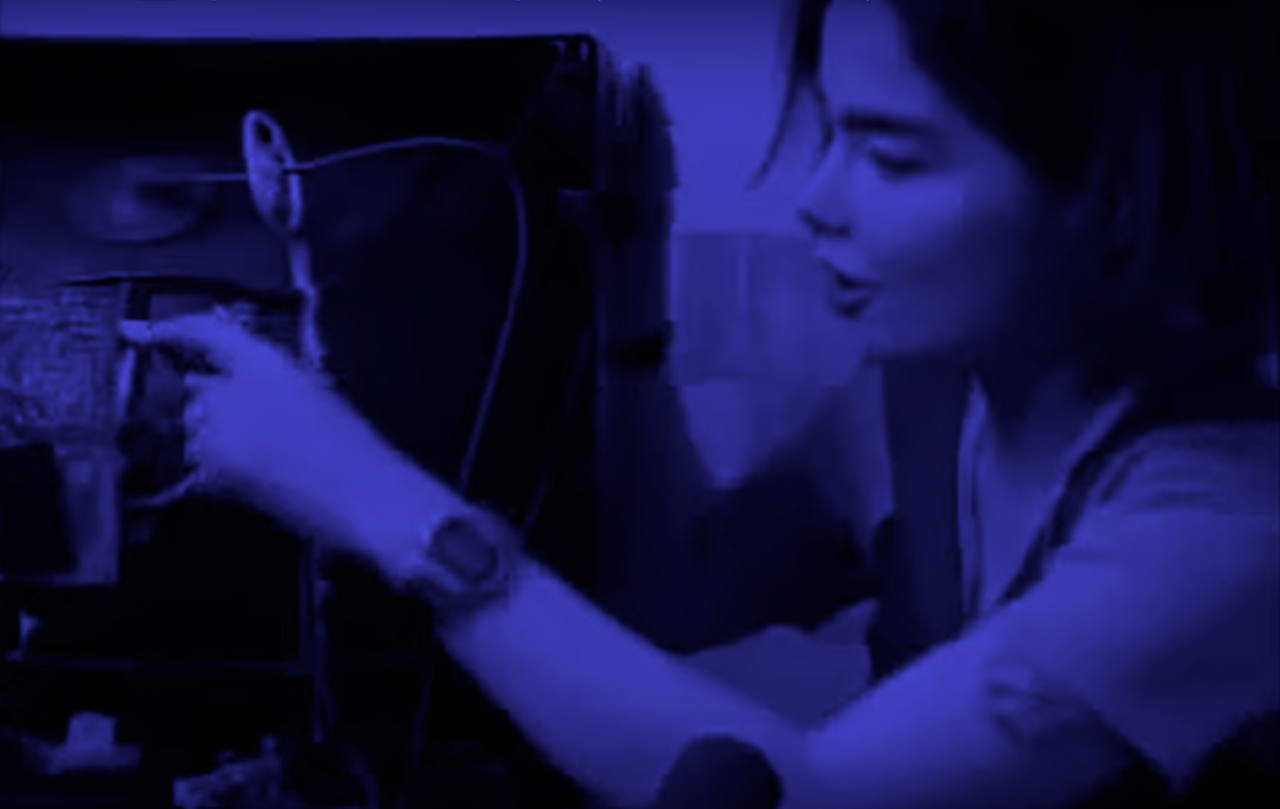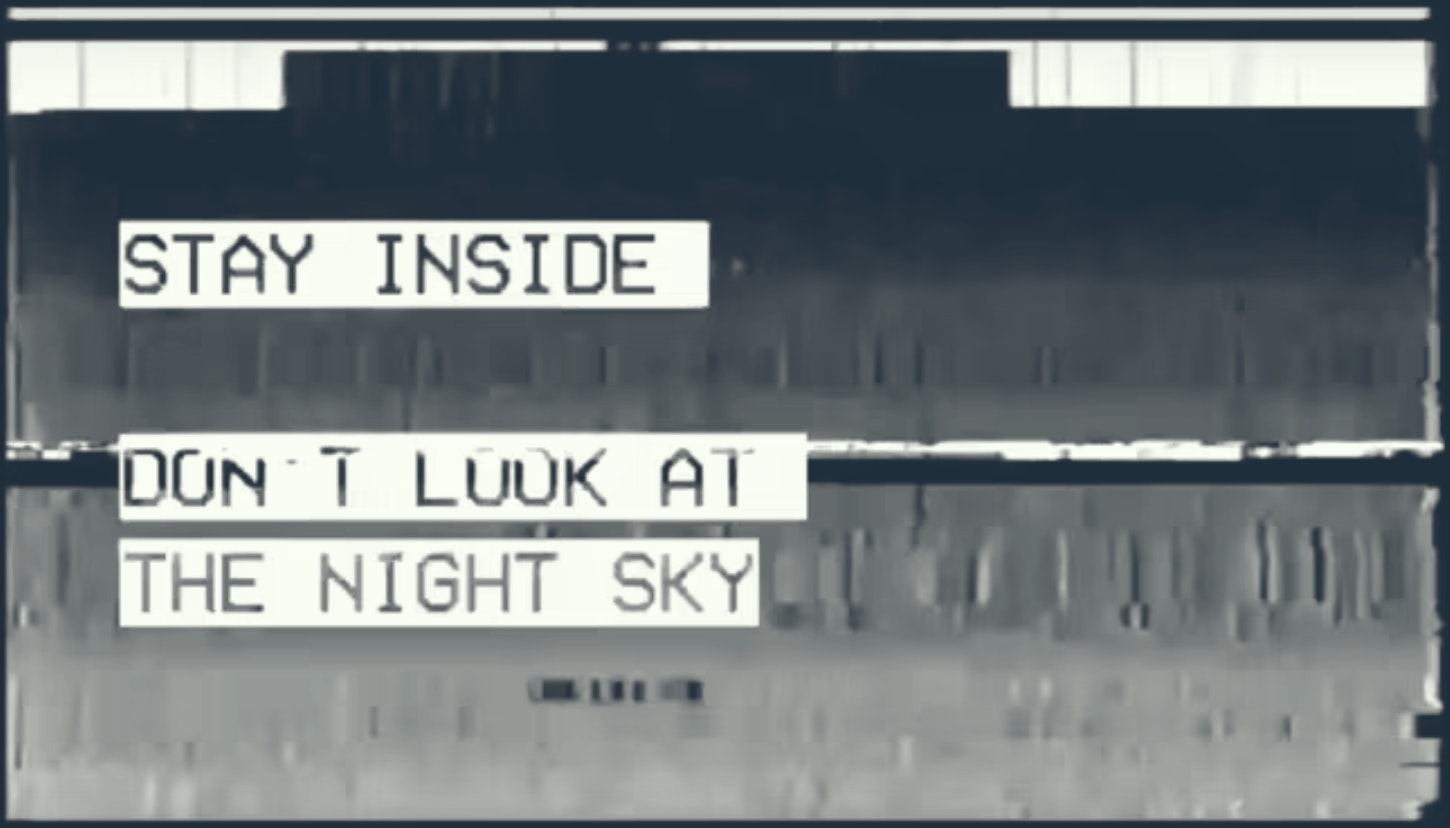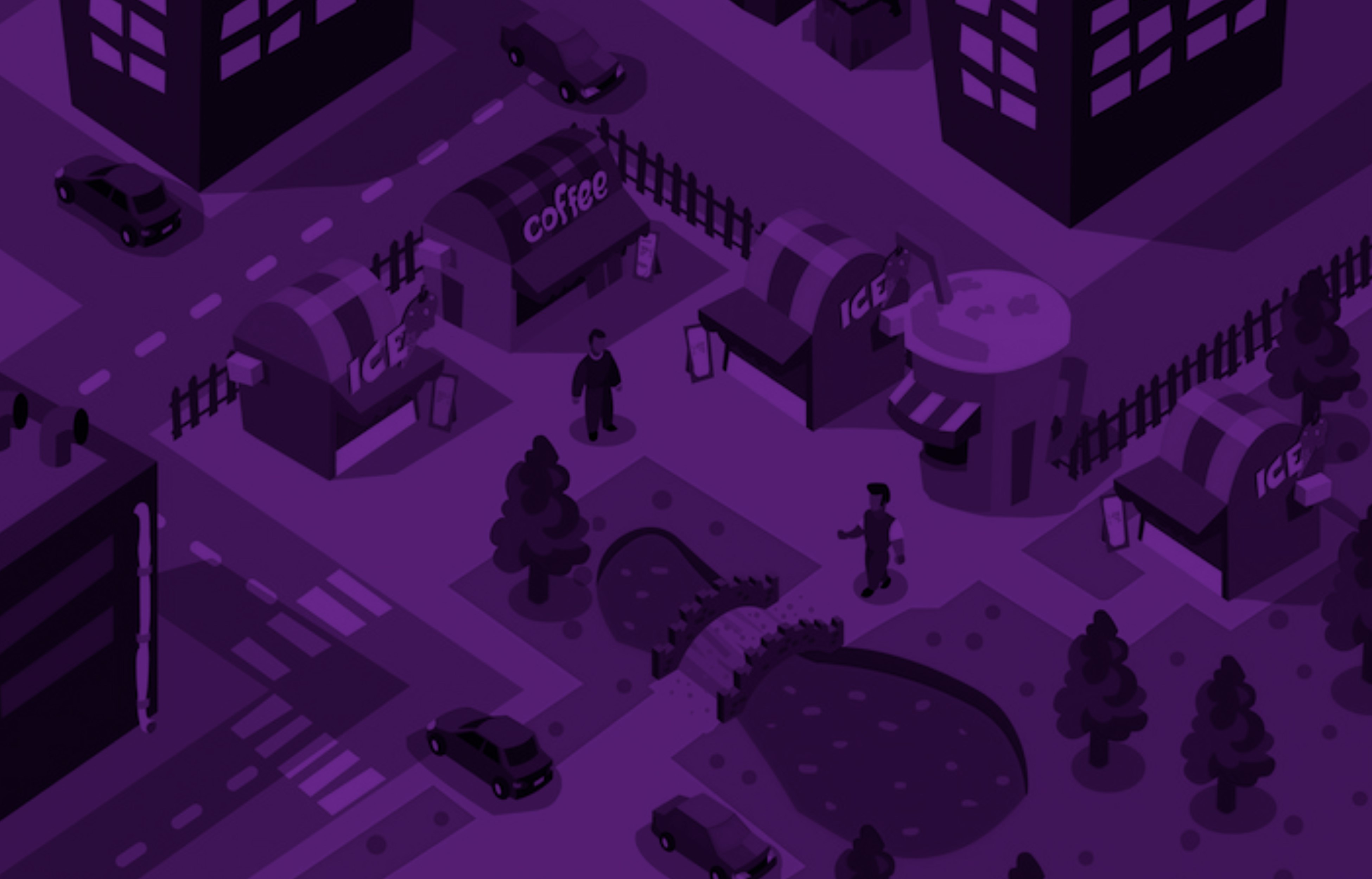but this place is just right.
Every few months, when I’m feeling particularly agitated by the weight of the world — climate crises, political disasters and all — I settle into bed for the evening and watch a young man flip through a Japanese newspaper on YouTube. He isn’t exactly methodical: He unfolds it at its center, briefly tours the front page, and then starts flipping, its pages rattling in that familiar newsprint way. He pauses only momentarily for items of interest — a Prada ad here or a comic there — then moves on to the week’s fliers, with sales on now-outdated TV sets and specials at the supermarket. By the time the video concludes with ads for leather recliners and laptops, he has spent 29 minutes poring over kanji I cannot read, and I myself feel a little less unsettled by my existential stressors du jour.
This particular video was first uploaded in 2011 by its star, a man known only as Kouhei, on his own channel dedicated to self-proclaimed “randomness.” But six years later, a channel by the name of Best Unintentional ASMR re-uploaded it, amassing more than 700,000 views. And since then, I have watched it again and again — not because I have any passion for Japanese news moguls or the country’s politics, but because it is content as advertised: mundane, easy-to-consume moments of relative quiet.
Apparently it’s soothing for others, too. It’s one of Best Unintentional ASMR’s most popular uploads, summing up the channel’s basic ethos: slow, no-stakes content that feels like a comforting hug on an internet that just won’t shut up for a second.
On a platform saturated with trendy ASMR (that’s autonomous sensory meridian response, for the uninitiated) videos, Best Unintentional ASMR might seem like a natural fit — an extension of the hundreds of YouTubers creating that trademark whispery, tapping-on-glass content intended to give you the tingles. And while BUASMR might trigger an ASMR response in you, even if it were never the creator’s intention, it is more than that. Instead it’s most valuable as a showcase of ordinary people going about their lives on tape. It’s a reminder that people in this world spend lots of time doing relatively boring things, and sometimes that is enough to calm the unquiet storm that is always in full bluster online.
At 26, I never thought I’d find myself wasting hours online watching ASMR, let alone found footage that presents itself under ASMR’s guise. For years, if I needed to combat feelings of existential dread, I'd most likely do it offline — in conversations with my partner or friends, or scribbling in a journal, or talking it out in a therapy session. But in 2018, the internet suddenly felt more like the kind of place to process that dread. The planet began burning at rates I couldn’t fathom; Trump had already spent a year as president; women started sharing terrible stories about sexual violence they’d experienced; and violence against the queer communities I belong to was on the rise. Being informed and entertained online meant facing these hard-to-swallow truths about the world we live in. Yes, therapy or processing with loved ones or journaling could help. But the internet had to play a role, too, if only because I wanted the internet to be bearable once again.
That year, YouTube’s bonkers algorithm placed Kouhei’s Japanese newspaper video in my recommendations box. I thought it may have been a suggestion based on my job as a journalist. Instead, it was an unexpected salve. I’d spent my online life craving deep and meaningful content to satiate me when all I needed then was mundanity.
The Best Unintentional ASMR channel was created on May 27, 2017. On the same day, its creator uploaded its first video, in which Icelandic singer Bjork disassembles her old tube TV set and compares its innards to a miniature city. In the nearly three years since, the channel has become home to a strange assortment of videos, similar only in their sheer humdrum. In one video, which spans 45 minutes and has been viewed more than 600,000 times, an Englishman slices freshly chopped wood planks and whittles them down into traditional clogs. In another, an Irish sportscaster builds a ham sandwich. “Bread was never meant to be triangular,” he asserts. “It was meant to be square, like a good field.”
Sometimes the videos are grainy, or the audio is slightly muffled. Sometimes I lose my train of thought while watching, and I need to rewind a few times.But often, I’m mostly just mildly fascinated. And that’s the point: Seeing a man I don’t know describing gemstones in his North Carolina jewel shop, or watching a woman I’ll never meet teach me how to clean the oboe I don’t own is a reminder of power of the ordinary. The world can constantly seem on the verge of total disaster, but it can also be a place where people find small joys in making sandwiches, testing out crappy markers and teaching people how to care for their woodwind instruments. For every universal threat of injustice, violence, hate and catastrophe, these videos provide an ounce of basic humanity.
And that humanity extends beyond the viewer: Whoever is behind this channel (the only biographical clue the account provides is that its curator is in Switzerland) prides themselves on crediting the original video creators and opting not to monetize the re-uploaded content. On a platform known as a central host of ripped content — consider the thousands upon thousands of uncredited, segmented clips of copyrighted TV shows, films and albums — such a gesture feels novel, even refreshing. In turn, BUASMR feels like a tiny workshop of simple pleasures: calm for viewers, kudos for creators, an exercise in magnanimity for everyone else orbiting around the channel. What could be better than pure comfort lived vicariously through someone else’s weird hobby?










